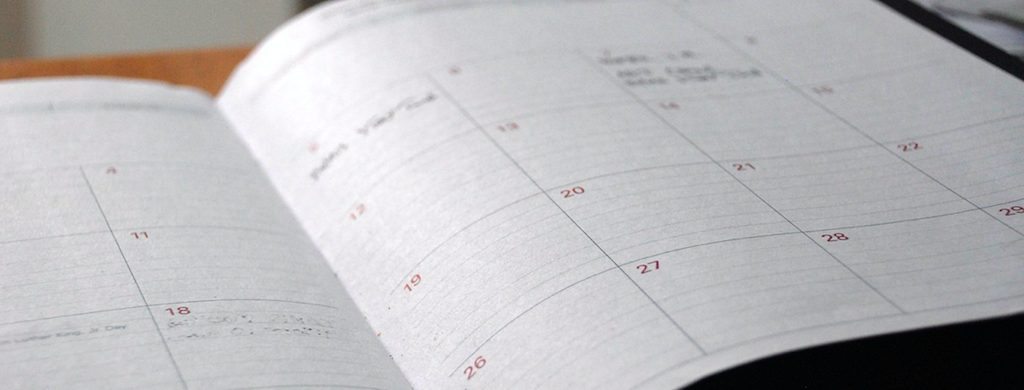Uncomplicate your future goals with sales forecasting methods that many companies use throughout the year
Making assumptions isn’t usually a good idea, agreed? However, for a successful business to grow, it’s necessary. Maybe even essential. You have to have a sales outlook so you can plan for the future, and the more data you have to back those claims, the better.
The issue is that a growing business typically doesn’t know what sales forecasting methods they should use. Or how to get started.
Let’s be clear: sales forecasting is a complicated topic. There is a lot of math involved. And regardless of how many calculations tools are at your disposal, you still need to know how to make that information actionable.
So, let’s keep things simple. From a bird’s eye point of view, these are sales forecasting methods with a proven track record. Also, bear in mind that none of these methods stand alone. The more you expand your process and pinpoint valuable data, the more forecasting technique you’ll use.
5 Sales forecasting methods you can use right away
1. Take advantage of committee-driven qualitative data
In other words, ask your colleagues and employees. Brainstorm a survey Q&A that gathers the right information. Hand out questions to your sales teams and support staff individually. Weigh those answers against each other and come up with more questions until the results form a clear picture.
It’s crucial to understand that a sales forecast is a projection of performance within a specific period. That means that your questions and surveys should reflect specific scenarios in a clear way.
Finally, go over the results with your executive team, bring in consultants to weigh in, and use the information to start planning.
2. The best way to determine the future is to examine the past
Next is the quantitative approach. Break down the raw data you’ve acquired in the recent past and find insights. This is where sales forecasting methods get significantly more technical. Data-driven analysis is imperative for accurate reporting.
Populate each stage in your funnel with automated email sequences and follow-ups. Blitz will make sales easier. Schedule a free demo today!
First, choose an exact period for your forecast. This step allows control over comparisons and creates a structure for measuring different variables.
Next, you typically have four different categories of data to analyze from years past:
- Random variables that may affect or have affected sales
- Sales cycle analysis during the given period
- Market trends
- Seasonal demand for your products and services
For new information, think about directly surveying your customers and gathering their input. Always conduct customer research on at least an annual basis. That information is outdated quickly, but useful for a short-term sales goal.
3. Forecasting pipeline opportunities for your sales team
Viewing the granular stages of your sales process reveals an accurate story. With a software program (typically a sales CRM) in place, you record how your sales team or individuals perform at certain stages.
What you’re measuring is the volume of conversions from one stage to the next. And, finally, the overall win–loss ratio. The percentage of customers who enter the funnel, success rates at each stage, and seeing how many close should provide at least a clearer picture for a sales projection.
4. Asking your salespeople to draw out scenarios and commit to a certain number
This sales forecasting method works best on an individual basis. It’s a system of producing performance data, going over it with the salesperson, and drawing out a plan. Companies usually ask for two categories: commitment and best case.
What does that mean? Find the median performance results in a given period and ask the salesperson to commit to that number. Since they’ve done it consistently before, it won’t be too stressful to commit to doing it again.
Next, discuss the variables that could affect a better result. If one or more of these things happen, that will result in a “best case” projection.
5. Length of cycle vs. personal win rates vs. close ratios
It sounds a little more advanced, but it’s straightforward if you have the right data handy. Also, this is one of those sales forecasting methods that works better for individuals. You’ll need three key ingredients:
- The average length of the sales cycle per stage
- The personal win ratio percentage, per stage, for an employee
- The average win ratio (as a team) for customers in the funnel, per stage
Now you can view the probability of each salesperson’s performance during each phase of the sales pipeline. Compare the average length with the average win ratio, and then multiply by the personal win ratio of each person.
Populate each stage in your funnel with automated email sequences and follow-ups. Blitz will make sales easier. Schedule a free demo today!
Have any feedback for us? Share your thoughts in the comments!


